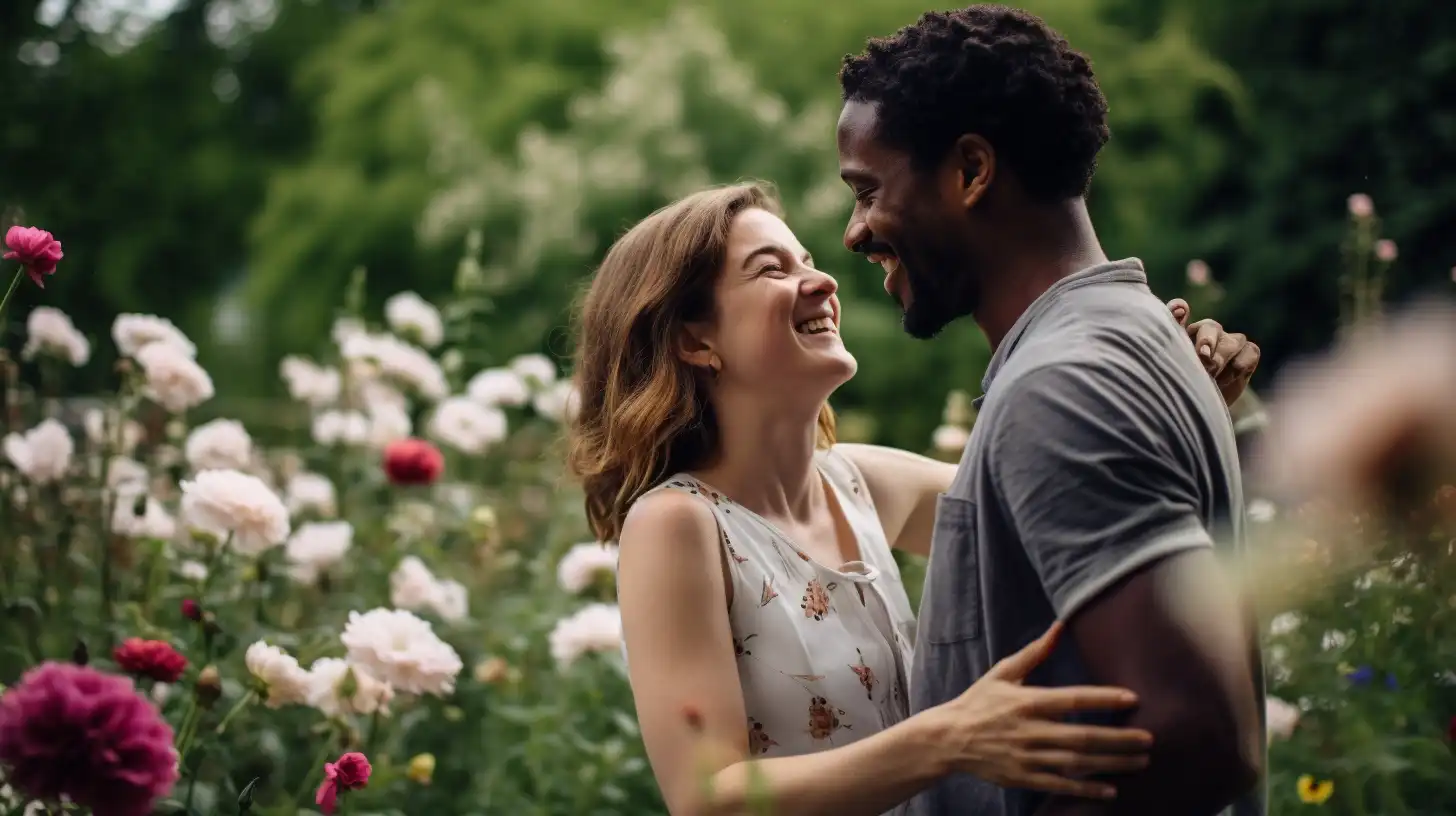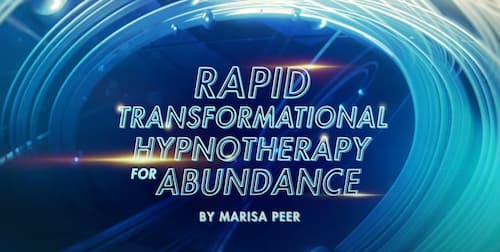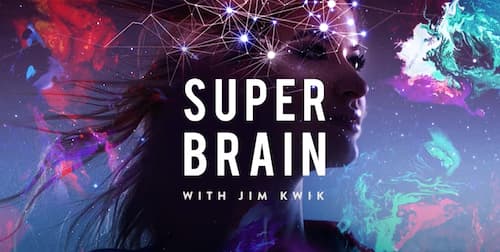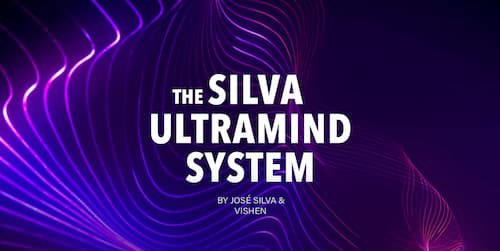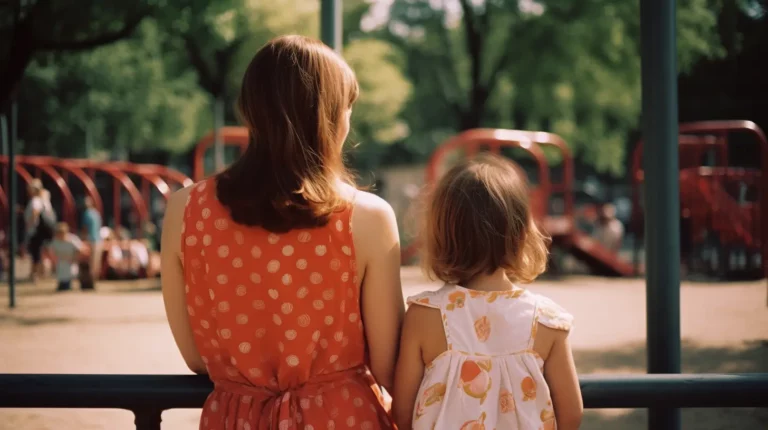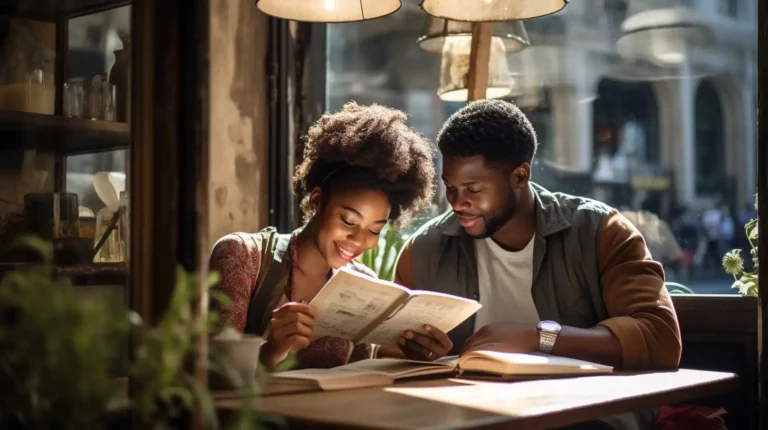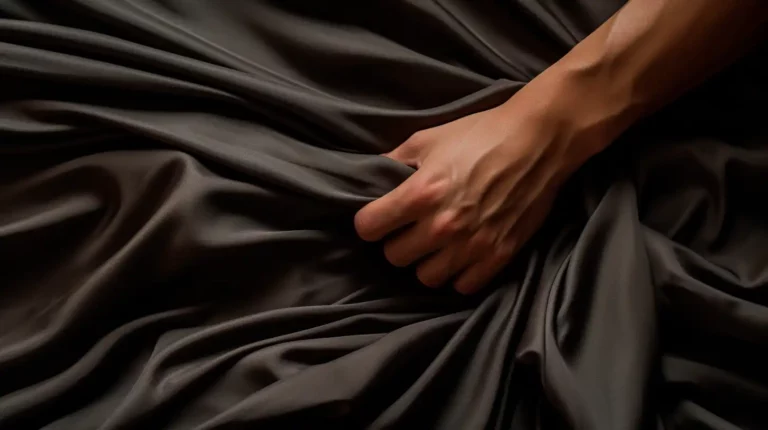There’s something about lovey-dovey relationships, isn’t there? You see them and may find yourself thinking, “Get a room.” Yet, deep inside, you, too, wish that you had someone to be affectionate with.
Like Marshall to Lily. Or Oprah to Stedman. Or (if you’re familiar with them) Katherine Woodward Thomas to Mark Austin Thomas.
There’s no doubt the world of love can be an exhilarating yet complex one. Watch out for the red flags, sure. But there are also green flags in a relationship to look out for.
And when you understand the “green flag” meaning and know how to spot them, it can give you reassurance that your relationship has potential for the long haul.
What are green flags?
Green flags, unlike their red counterparts, are signs that reassure you that your relationship is on the right track. These are the qualities and behaviors that show your partner is worth investing in.
For instance, one of the green flags in men is, when their partner gets bad period cramps, they make them a care package or take over some of the responsibilities so that their partner can rest. Or on the flip side, in women, if their partner loves, let’s say, a pizza from a specific restaurant, she buys it on the way home from work.
Sounds incredibly romantic, right? Here’s the thing, though: green flags in a relationship aren’t limited to lovey-dovey gestures; they can be seen in everyday interactions.
Like when How I Met Your Mother’s Lily needs time alone or with her friends, Marshall respects that need without feeling threatened or insecure. Or when your partner treats the people you love with respect. Or where they listen to you and show genuine interest in your thoughts and feelings.
This openness, without the fear of judgment, fosters a nurturing environment where your love can grow. And it’s part of our desire as humans—having a deep, authentic connection with someone who truly gets us, supports us, and loves us.
As Katherine Woodward Thomas, author of the best-seller Calling in “The One,” highlights at the Mindvalley Summit 2021, “We’re looking at love between equals, where both of us are holding power.”
Why green flags matter
When you focus on the positive signs of your relationship, your mind shifts from constantly looking for what’s wrong with it to appreciating what’s right. This can lead to more positive emotions, which, as science shows, can contribute to your well-being.
Look at it this way: when you see these positive indicators, you’re likely to feel more secure and confident in your relationship. This allows you to then invest more emotionally, knowing you have a partner who’s equally committed and supportive.
What’s more, green flags in relationships can help you navigate conflicts more effectively. When you know that your partner values open communication and mutual respect, it becomes easier for both of you to address issues constructively.
It’s a domino effect, really, where one good thing leads to another and another. And when you’re able to focus on green flags rather than red flags in a relationship, chances are, you’ll be able to open up your heart and have a more optimistic outlook on love.
What are green flags in a relationship? 10 common ones to look out for
Happy couples tend to focus on each other’s strengths, according to research. And recognizing these positive signs can help you build a stronger, more supportive partnership.
So here are 10 green flags to look for in a relationship:
- There’s effective communication—it’s open and honest.
- You both understand and respect each other’s personal boundaries.
- They support your goals and ambitions, celebrate your successes, and stand by you during challenges.
- There’s empathy and they do their best to understand your perspective and feelings.
- You both share similar values and beliefs.
- Your partner consistently follows through on their commitments.
- Both you and your partner have a high level of emotional intelligence.
- When there’s conflict, your partner seeks to resolve issues constructively and maintain harmony.
- You both can maintain your individuality while also fostering a strong partnership.
- Your relationship is filled with moments of joy and laughter.
By focusing on these green flags, you can find love that brings out the best in both of you.
Green flags or red flags? Seeing clearly in love
Love goggles can be a powerful accessory. Sometimes, what appears as a sweet gesture can morph into a red flag if you’re not careful. Here’s the thing: there are red flags that can get mistaken for green flags.
Here are some instances to watch out for:
- Excessive attention as love. If your partner’s constant attention feels overwhelming, it can be a sign of control rather than genuine affection.
- Jealousy as care. This emotion can indicate insecurity and possessiveness, which are, without a doubt, unhealthy for a relationship.
- Over-the-top romantic gestures might feel like a sign of commitment, but they can also be used to overshadow deeper issues.
- Rushing into physical or emotional intimacy can be mistaken for a deep connection. Healthy relationships take time to develop and build trust gradually.
- Overprotectiveness as protection, but this behavior can limit your independence and freedom. What’s more, it can indicate a lack of trust.
- Excessive flattery might be a way to manipulate or control. Genuine appreciation comes from understanding and valuing your true self.
- Constant contact with your partner might seem like involvement, but it can be a way to monitor and control your actions.
- Agreeing with everything you say might seem like they are supportive, but it can be a sign of avoiding conflict.
- Intense, whirlwind beginnings might feel like true love, but they can be a red flag for unstable relationships.
- Excessive generosity might be mistaken for kindness, but it can sometimes be a way to control or create a sense of indebtedness.
It helps to know the red and green flags in a relationship. They can help make sure that you aren’t misled by superficial signs while appreciating the genuine positive qualities of healthy relationships.
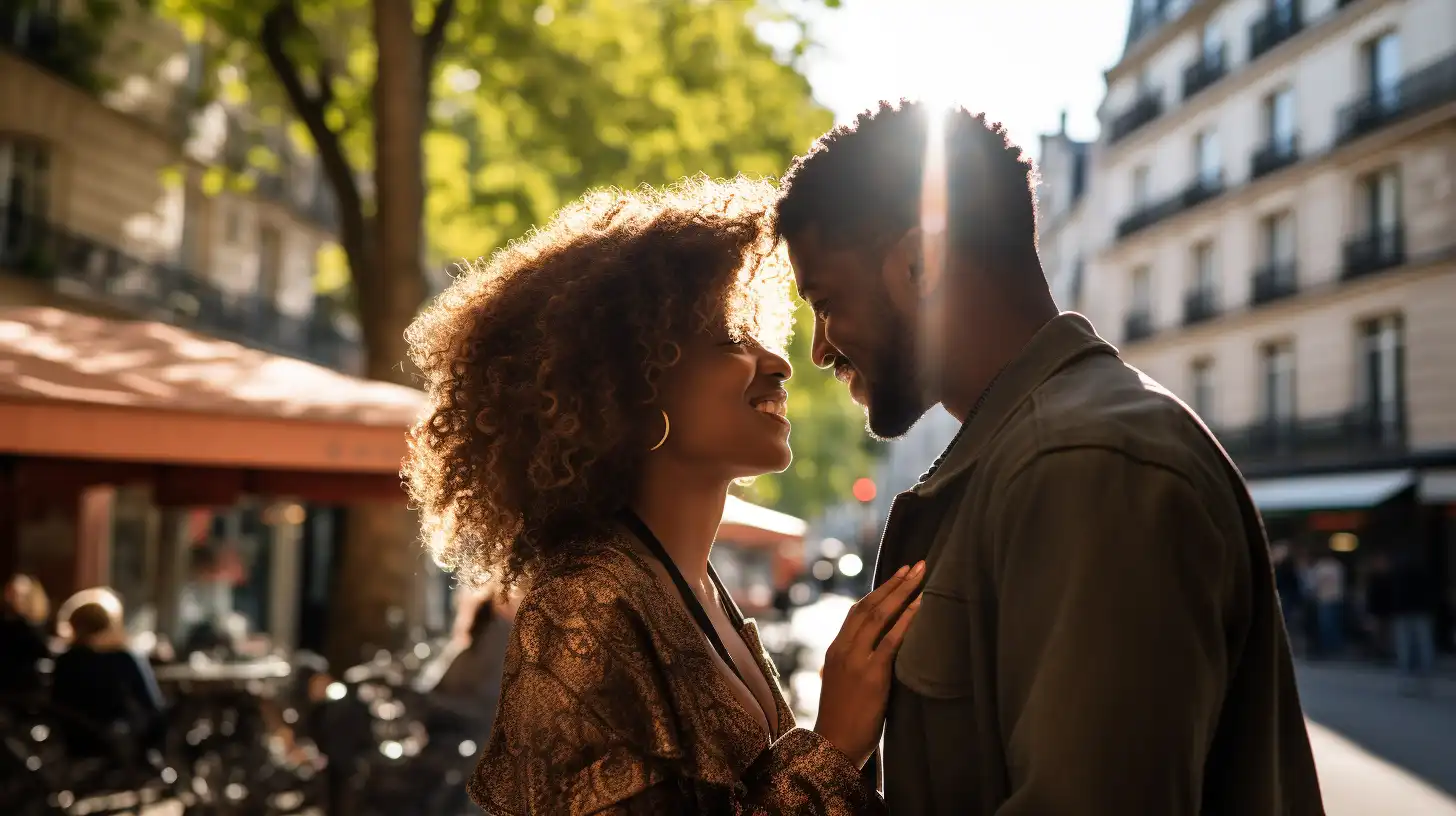
How to cultivate green flags in your relationship
Chances are, you’ve heard the saying that love is a two-way street. What that means in this instance is, green flags aren’t just magical qualities your partner possesses; they’re the result of conscious effort from both you and them.
“Love makes us who we are,” says Katherine, “and love determines who we can become.” Taking her advice from her Mindvalley Quest, here are a few ways to help you manifest love that’s filled with green flags…like that of Marshall and Lily, Oprah and Stedman, or Katherine herself and Mark.
1. Be generous with your love
An important green flag in a relationship is generosity, especially in love. According to Katherine, it’s about offering your love freely, even at times when it’s not reciprocated or when your partner disappoints you.
That’s not to say you’d be a doormat. Rather, it’s about consciously choosing kindness over resentment or forgiveness over blame.
For instance, your partner makes a mistake. Instead of withholding affection or anger, you choose understanding. You see things from their perspective and acknowledge their humanity (and yours).
The thing is, love thrives in an environment of open hearts and mutual respect. So when you hold space for imperfection, it can help you and your partner strengthen your bond and foster a safe space for open communication.
2. Listen with an open heart
Listening is the main part of communication. Without it, we’re just waiting for the chance to respond, not to understand.
”Most of us are listening for what someone might be able to do for us,” Katherine highlights. She adds that we listen for leverage, to impress, to be right.
However, listening is “love in action.” When you do so actively and attentively, you create a safe space for your partner to share their thoughts and feelings openly. It’s a relationship green flag that fosters trust, intimacy, and a deeper understanding of each other.
This might involve practices like making eye contact, avoiding interruptions, and asking clarifying questions. It’s also about acknowledging their emotions, even if you don’t necessarily agree with what they’re saying.
3. Speak up
“We do need to be wise in how we share what we’re feeling and needing,” says Katherine. So learning how to speak your truth openly and honestly is one of the major relationship green flags.
In fact, research shows that being able to communicate effectively is linked to marital satisfaction. What’s more, it can lead to better understanding, not to mention better trust and intimacy.
That’s because you give your partner the chance to see the real you, vulnerabilities and all. This allows a safe space for them to do the same. And in doing so, it can strengthen the bond between you.
4. Create happiness
Relationships, especially happy ones, don’t just happen by chance. They’re intentional.
”Happy marriages are that way because the two people in those relationships understand how to actually generate happiness,” says Katherine, “meaning that both people actually bring happiness with them into the relationship rather than look for the relationship to make them happy.”
To do so, she advises cultivating “happiness habits”:
- Move your body
- Be social
- Learn something new just for fun
- Be creative
- Laugh more
- Get outdoors
- Be altruistic
- Clean up your integrity
- Gratitude
- Cultivate the quality of your optimism
The reality is, happiness is a choice. And when you and your partner are both committed to making it a priority, it not only enriches your connection but also lays the groundwork for a fulfilling relationship.
5. Being “The One”
A strong sign of a healthy relationship is when both partners are actively working on themselves to become the best versions they can be. It’s what Katherine calls “being The One” for your future relationship.
However, this isn’t about waiting for a perfect someone to complete you; it’s about self-reflection and growth. As she says, “Until you have the courage to start to show up in these new ways, others are not going to have the opportunity to show up differently either.”
So ask yourself: What kind of partner would you be? How would you communicate your needs and desires?
This self-awareness empowers you to take ownership of your experiences and show up authentically in your interactions with others.
Love Deeper, Connect Stronger
Recognizing and cultivating green flags in a relationship is one step toward having a more fulfilling and supportive partnership.
Now, if you want to take another step, Mindvalley’s Calling in “The One” Quest with Katherine Woodward Thomas can help you rewrite your love story and…well, call in “The One.” Just like she did for thousands of people, including hairstylist and Mindvalley Member Katharyn Humble:
“After completing only 23 of these lessons, I met my soul twin on a cruise to Alaska! We knew instantly that we were connected on a very deep level and this was different.”
The great thing is, when you sign up for a free Mindvalley account, you unlock the first few lessons. It’ll give you a jump start on your journey to lasting love.
So if you’ve been told that “love comes to those who wait,” chuck that old belief out the window. Because love comes to those who love themselves first.
Welcome in.
